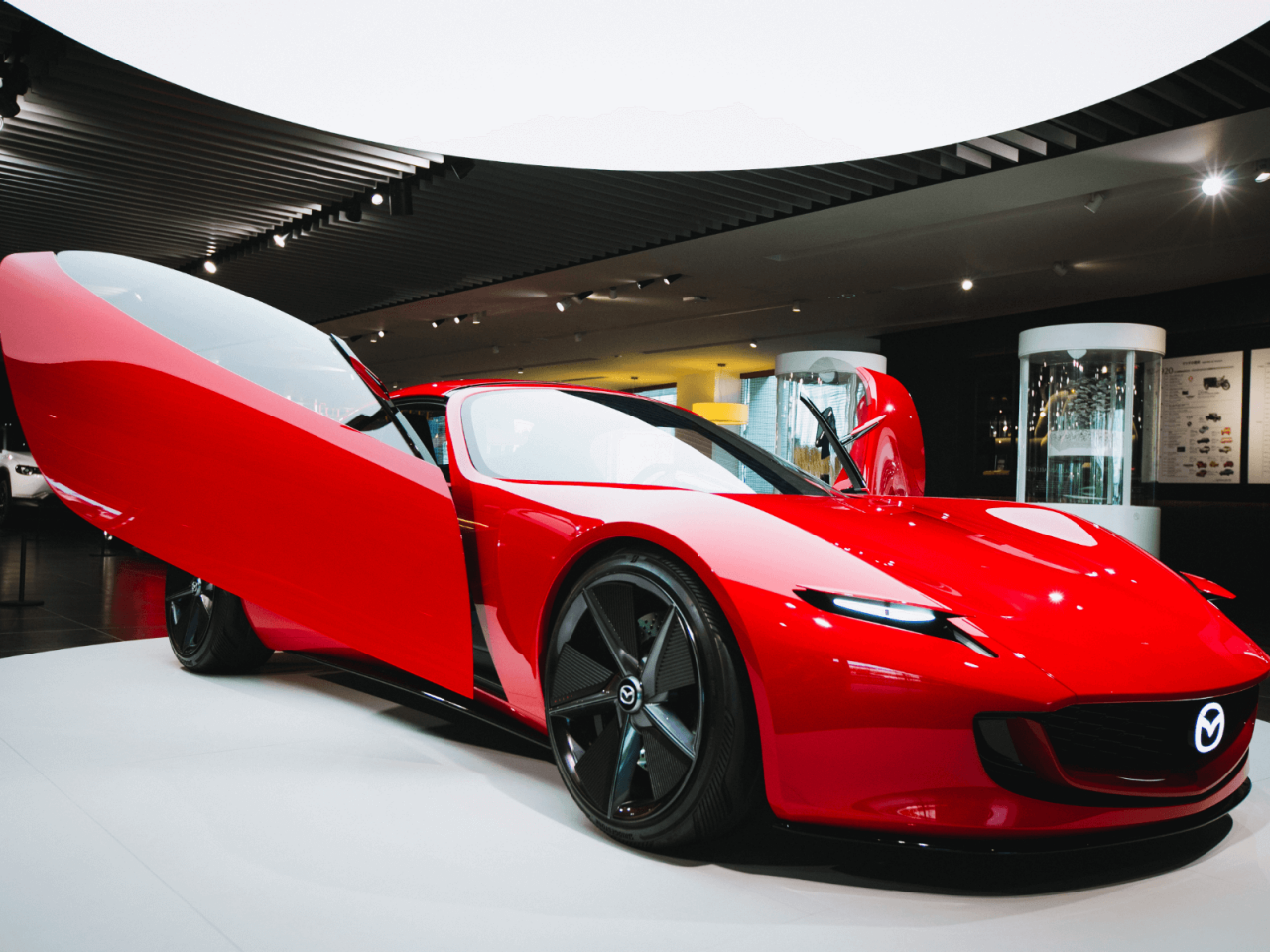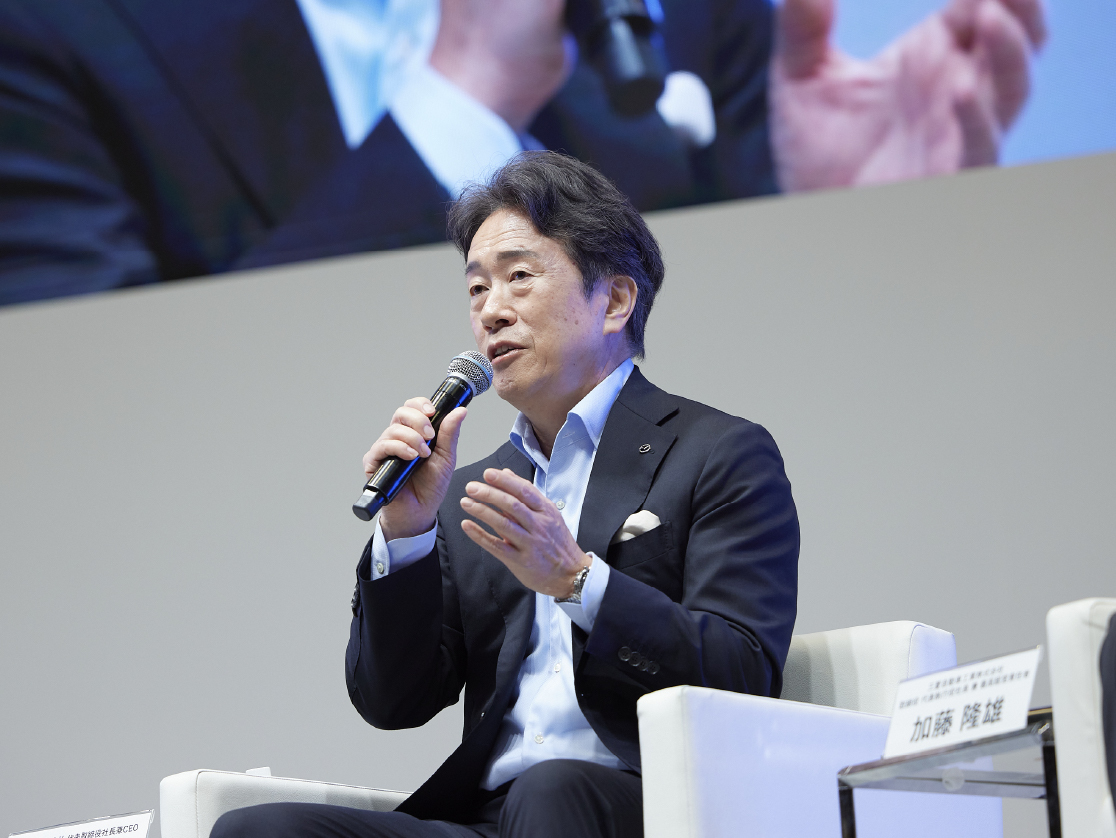On October 25, 2023, one car stood out at the Japan Mobility Show 2023: The Mazda Iconic SP.
This stunning concept car, whose name declares it an icon of the Mazda brand, left visitors spellbound. The striking red masterpiece prompted the same response from virtually everyone who saw it: "I have to drive this car" and "When can I get behind the wheel?" echoed throughout the venue. Even now, more than a year after its unveiling, this dream car continues to captivate all who encounter it.
Among the crowds at the show, a group of Mazda team members stood quietly by, fighting back tears as they watched people fall in love with their creation.





